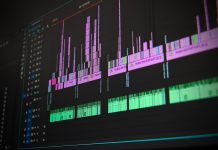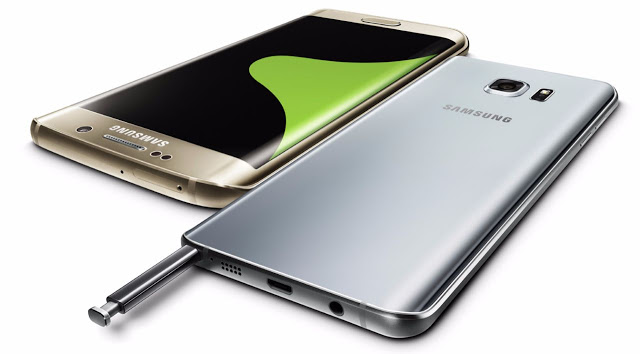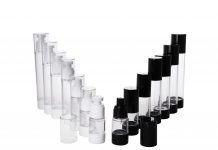The monitor is the window to the soul of the PC. Without the right screen, everything you do on your PC looks boring, whether you’re playing games, viewing or editing photos and videos, or even reading text on your favorite websites.
Gadget Reviewers and Experts know how the PC experience changes with different specifications and display capabilities, and have flooded the market with a variety of options.
But what features and specifications are most valuable to the way you use your monitor?
Should you be getting 4K, 1440p, 1080p, or just HD resolution – and what’s the real difference?
How important are update rates and response times? Are things like Flicker Free Mode, Low Blue Light, G-Sync, and FreeSync critical? And how should your priorities change when you focus on gaming versus business versus general use?
Find out every thing in this post. Let us start with the Buying tips for monitors
7 Buying tips for monitors:
Determine the primary purpose of your monitor:
Gaming, business, or general use. In general, gamers should prioritize fast refresh rates and slow response times, professionals should prioritize color accuracy, and general users have fewer specific needs but often choose a monitor with a high contrast VA panel. For Business or work use, curved monitors are generally preferred
Resolution
The higher the resolution, the better the picture. The resolution of a monitor indicates how many pixels a monitor has in the format width x height. 1920 x 1080 – also called 1080p / Full HD (FHD) / HD – is the minimum you will need. However, you get sharper images with QHD and even sharper images with 4K.
Display Size
But size is also important. Pixel density has a big impact on monitor quality, and our sweet spot is 109 pixels per inch (ppi). A larger monitor has a lower pixel density when it has a lower resolution. For viewing from a normal desktop distance, 32 inches is much “tall”. Finding 32-inch gaming or a general-purpose monitor with 4K resolution for less than $ 1,000 isn’t hard.
Refresh rate:
The bigger the better. This indicates how often your monitor is updated with new information per second and measured in Hertz (Hz). Larger numbers mean better, smoother, and less choppy images. If you are a gamer, the refresh rate is especially important. You want a monitor that runs at least 75 Hz (most monitors designed for gaming are at least 144 Hz) combined with the lowest response time you can get. can find. If you’re not gaming, a refresh rate of 60 Hz should be sufficient.
Response Time:
Shorter is better, but it’s not a high priority unless you’re playing. The response time indicates how long it takes a monitor to change individual pixels from black to white or, if the GTG response time is, from one shade of gray to another. Slower response times can cause motion blur when playing games or watching fast videos. For gaming monitors, the fastest response time is likely to be 5ms, while the fastest gaming monitors can have a response time of 0.5ms.
Panel technology:
For image quality TN <IPS <VA. TN monitors are the fastest but the cheapest due to the poor image quality from a side angle. IPS monitors have slightly faster response times and display colors better than VA panels, but VA monitors have the best contrast of the three panel types.
Monitor Resolution:
Images on an LCD screen are made up of millions of tiny dots. Each pixel consists of three sub-pixels, one for each primary color. The resolution of a monitor represents the length x width of a screen in pixels. The more pixels you can fit into every square inch of a monitor, the more realistic and fluid the image will be. A higher resolution (QHD or higher) is important if you want a monitor larger than 27 inches.
You can determine the number of pixels on a monitor by the name of the resolution. Some resolutions have more than one name. Unless otherwise stated, the aspect ratio is 16: 9.
Should I have a curved monitor?
It depends on your preference. Curved monitors should make your wide field of view experience more immersive and should be less eye-tiring. However, they can be blinded from certain angles (light sources come from different angles instead of just one). Efficient curved monitors are usually extremely wide and at least 30 inches tall, which indicates a higher cost.
When buying a curved monitor, you need to know its curvature specifications. An 1800R curve has a radius of curvature of 1800 mm and a recommended maximum viewing distance of 1.8 m – and so on. The lower the curvature (from this year only 1000R), the more the screen is curved.
Conclusion
That’s pretty much it for a quick guide on choosing monitors. If you are a gamer, always go for a gaming monitor with a high refresh rate and low response time. That wraps it up. What is your preference while buying a monitor, do tell us.

































